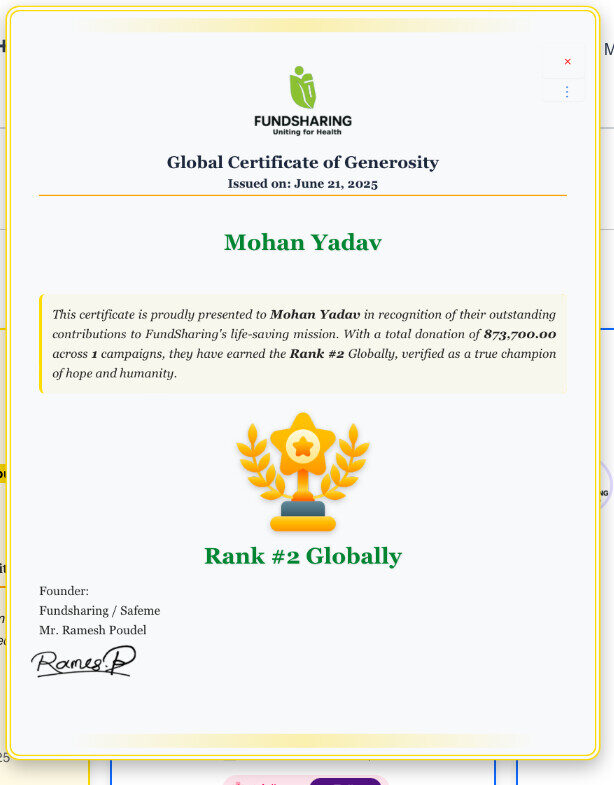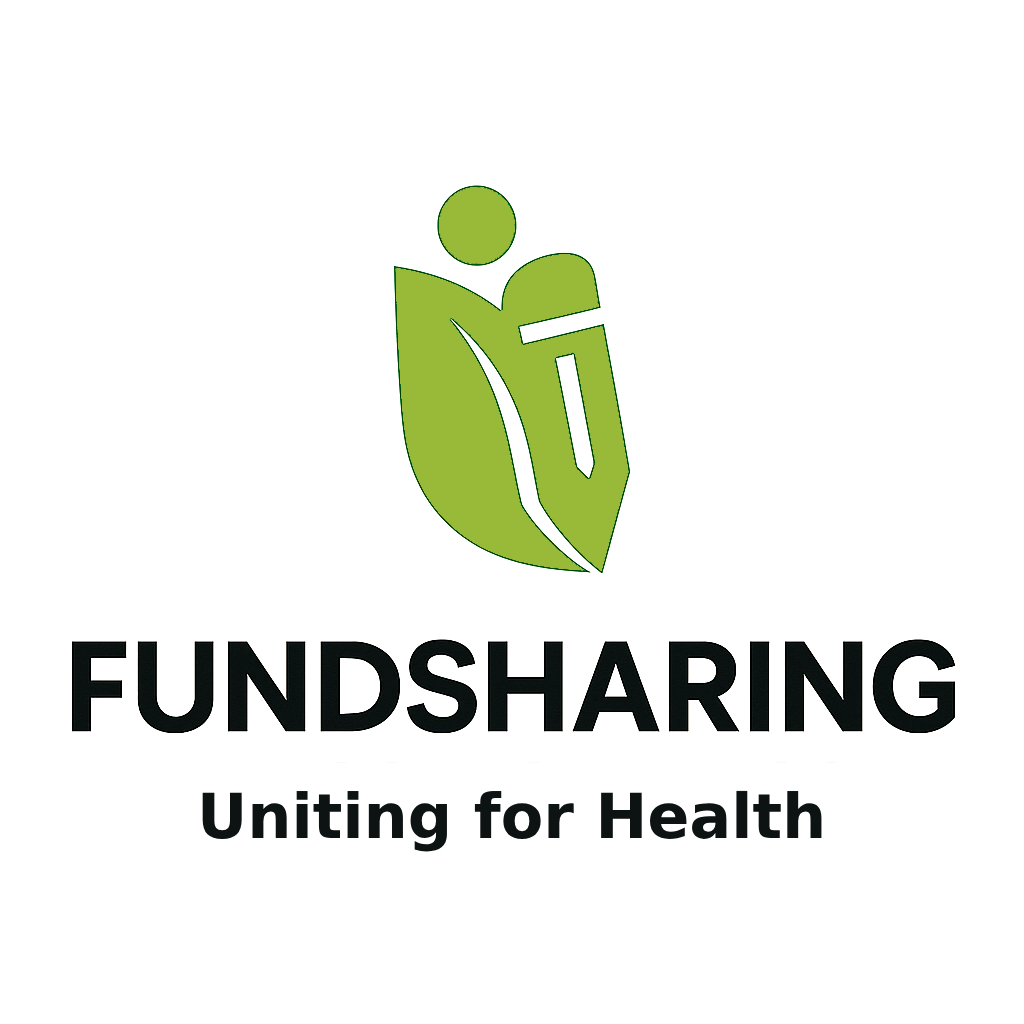Table of Contents
In a world where millions urgently need support for life-saving surgeries, education, housing, and disaster relief, one question arises: why don’t more people donate? Surprisingly, even in today’s hyper-connected digital age—where platforms like Fundsharing.org make it easier than ever to donate—many individuals still hesitate.
Understanding why people don’t donate isn’t about judgment; it’s about gaining clarity. By identifying the barriers that hold people back, we can build smarter systems, foster greater trust, and cultivate a culture of meaningful giving that encourages more people to donate.

1. Lack of Trust in Where the Money Goes
The #1 reason people don’t donate is uncertainty. Donors fear their contribution may not reach the intended recipient, especially with rising reports of fraud, unverified fundraisers, or platform misuse.
How to Overcome It:
- Use platforms that implement transparent donation tracking.
- Look for campaigns verified by systems like SafeMe, which cross-check IDs, hospital bills, and community reviews.
- Ensure the fundraiser can’t edit, delete, or misuse the campaign post-approval (as required by Fundsharing.org).

2. Fear of Scams and Online Fraud
With the rise of digital donations comes a rise in scam campaigns. Fake medical emergencies and copied photos often scare potential donors, causing them to refuse to donate.
How to Overcome It:
- Only donate to platforms that ban personal bank accounts, like Fundsharing.org.
- Confirm that a hospital contact number is visible.
- Trust campaigns approved through a 2-layer proof system: platform + community verification.
3. Belief That “My Small Amount Won’t Help”
Many people feel that unless they donate large sums, their help isn’t meaningful. This belief causes inaction.
How to Overcome It:
- Share real stories showing how even $1 or $5 contributed to someone’s recovery.
- Promote micro-donation success stories.
- Remind donors that impact is multiplied when the community acts together.
4. Overwhelm from Too Many Causes
Today, donors are bombarded with hundreds of causes—climate, war relief, health, education, animal welfare. It’s paralyzing.
How to Overcome It:
- Help donors filter campaigns by category (medical, shelter, education).
- Let donors choose causes close to their heart via a clean, user-friendly interface.
- Use tags, urgency, and transparent updates to guide decisions.
5. No Emotional Connection to the Campaign
People donate when they feel a real connection. But many campaigns lack a personal story or fail to show the human face behind the need, making it harder for potential donors to donate with confidence.
How to Overcome It:
- Include photos, videos, personal messages from the beneficiary.
- Share updates with emotional milestones (“surgery completed thanks to your support”).
- Show gratitude. A simple “thank you” from the patient can build long-term donors.
6. Doubts About the Authenticity of the Story
Some campaigns go viral and then get exposed as fake. That news travels fast and makes other potential donors cautious.
How to Overcome It:
- Display ID verification, hospital bills, and social media links.
- Let donors ask questions and get replies directly on the platform.
- Highlight that community members can report, flag, and review every campaign.
7. Waiting for Others to Donate First
Some people wait for a campaign to gain traction before they jump in. It’s a psychological behavior known as “social proof.”
How to Overcome It:
- Show real-time donations and donor comments.
- Add leaderboards or “first donor” recognition.
- Remind visitors: Your donation could be the one that triggers a chain reaction.
8. Not Understanding How Fundraising Platforms Work
Many people still don’t know how modern crowdfunding works. Terms like “withdrawal limits,” “platform fees,” or “payout holds” create confusion.
How to Overcome It:
- Provide simple FAQs and donor walkthroughs.
- Be upfront about any fees (or the lack thereof, in Fundsharing’s case).
- Use donor dashboards that track impact in real-time.
9. Fear of Being Publicly Identified

Some donors avoid for donate because they don’t want their name publicly shown, especially in sensitive cases.
How to Overcome It:
- Allow anonymous donations.
- Use private donor thank-you notes instead of public displays.
- Let users choose their visibility settings.
10. Doubts About the Long-Term Impact
People don’t just want to donate—they want to know their money actually solved a problem. If there’s no closure, they don’t return.
How to Overcome It:
- Post impact updates: recovery photos, video thank-yous, end-of-campaign recaps.
- Highlight completed campaigns where lives changed.
- Track and email donors on how their funds were used.
Meet SafeMe: Your Secure Giving Partner
One of the most common reasons people hesitate to donate online is the fear of fraud or fake campaigns. That’s exactly why SafeMe exists.

What is SafeMe?
SafeMe, derived from the words “Safe” and “Me,” embodies a mission of creating an environment where individuals can confidently declare, “I am safe.” It is not just about responding to crime but actively preventing it before it happens. Designed as a protective barrier—a firewall—SafeMe strives to build a world free of violence and harm, ensuring safety at every level of society.
In a world where countless people suffer silently, often unable to share their problems, SafeMe addresses an urgent need. While issues vary globally, the harsh reality is that 7 out of 10 people face some form of danger or distress, be it blackmail, sexual assault, domestic violence, cyberbullying, or other crimes. Alarmingly, 90% of victims worldwide fail to receive justice, as corrupt systems often allow criminals to evade accountability.
Read More Articles
Want to dive deeper into secure giving, fundraising success, and donor protection?
- 🔗 Top 10 Foundations in the World
- 🔗 Top 10 Most Charitable Countries
- 🔗 How to Become Successful in Fundraising
- 🔗 How to Start Fundraising
- 🔗 Importance of Donors in Healthcare
- 🔗 How to Save a Life During a Medical Emergency
🌐 Why Fundsharing.org Is the Future of Giving
At Fundsharing.org, we believe that trust is the foundation of every donation. That’s why we’ve built a platform where only verified medical campaigns are allowed, personal bank details are never accepted, and every fundraiser is reviewed through a strict two-layer system—including SafeMe’s security checks and real community validation. Fundsharing is more than a platform—it’s a movement to make giving safe, transparent, and impactful for everyone. Whether you’re donating $5 or $500, your support helps real people in urgent need. Join us in building a better future—one donation at a time.

